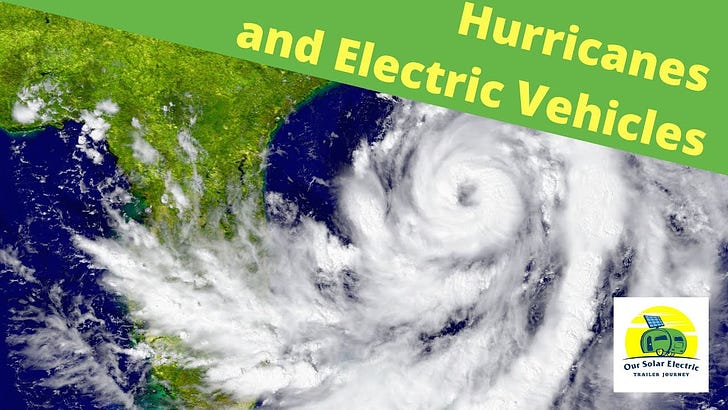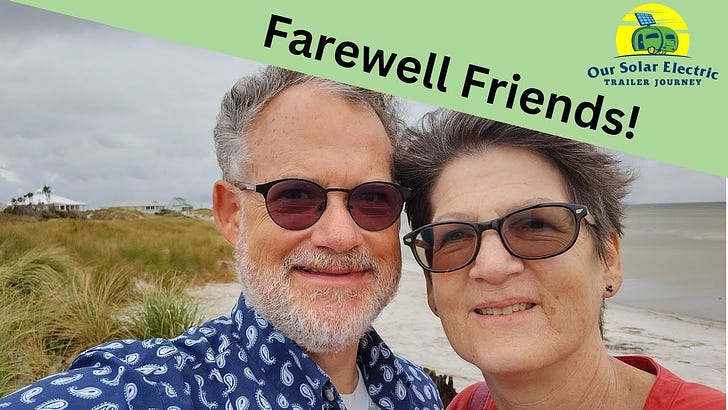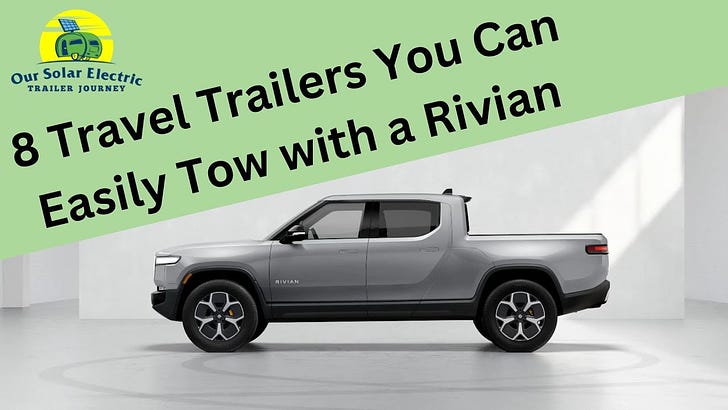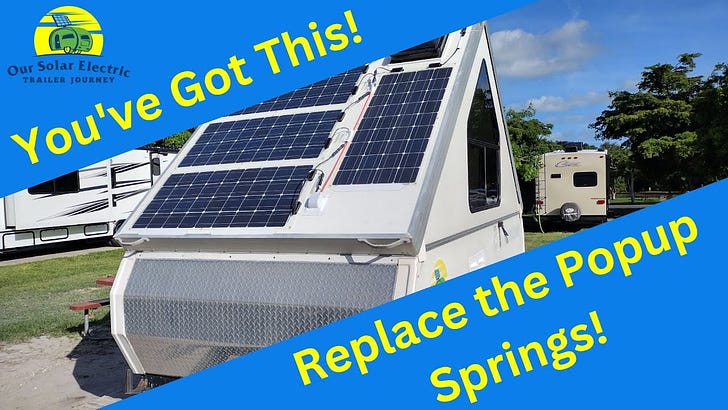When you purchase an item after clicking a link from this post, we may earn an affiliate commission.
Hurricane Ian passed through Florida this week. We recorded this episode outside in the storm. Here in Jacksonville on Thursday, as we recorded this, the wind was blowing gusts up to 35 miles per hour with steady, light rain. Ian had been downgraded to a tropical storm and was centered about 60 miles southeast of us in the Atlantic Ocean.
While the impact of the storm on us was modest in the end, it was horrific for many. Fort Meyers on Florida’s southwest coast was devasted. The sheriff estimated fatalities could reach into the hundreds. We pray he’s wrong, but photos and videos make clear the damage was horrific.
Just 30 miles to the south of us, St. Augustine was flooded by the storm surge that arrived near high tide.
In that context, we want to explore how EVs fit into the overall hurricane picture.
Florida has more EVs than any state except California. EV owners are beginning to appreciate the advantages of EVs during hurricane season.
Of course, the first issue is evacuation. Range anxiety grows in an emergency. EVs have an advantage over VICEs (vehicles with internal combustion engines) in that they are “fueled up” at home. Most EV owners can and do charge at home. We shifted from a 90 percent to a 100 percent charging strategy early this week, so when the storm arrived, we had a full charge.
Most people with VICEs don’t keep their cars topped off like that, requiring a special trip to the gas station before a storm. If they forget and the power goes out in their community, they may end up with real range anxiety in their VICE. Will that quarter of a tank get them to a community with operating gas pumps?
Our EV, mediocre if extremely affordable, can go 250 miles on a full charge. We now appreciate that you don’t need to go that far to get out of the way of the storm. The worst damage comes in a swath about 50 miles wide. Typically, you only need to go 50 miles in the right direction to reach safety.
An EV offers another big advantage if the power goes out. The EV can power devices and even the home. The Ford F-150 Lightning electric truck is designed to power the house if the house is also properly equipped. The truck can power the house in a conservation mode for a week to ten days, keeping the fridge operating and hot water running. For those optimistic about power restoration, the truck can run everything, including the a/c, for two or three days.
All EVs have big enough batteries to run the house entirely for one to three days, but most aren’t designed for that. Increasingly, vehicles are equipped with outlets of various types to allow you to get that juice out if you need it.
For our Chevy Bolt EV, we have a device like this one that can power the small fridge in our camper, allowing us to keep our most important things, meds and Diet Coke, chilled until the power comes back on. It isn’t much, but it’s more than nothing! If we lose power, we’ll have to eat the ice cream fast!
Before the storm, we took time to ensure that our RV solar system was up to snuff. With power out, we’re prepared to keep our digital devices charged and our most valuable things cold indefinitely.
As the storm moves up the coast to the north it will bring storm surge, damaging wind and rain to the Carolinas, having regained hurricane status. From there, it will move inland, potentially impacting Kentucky, West Virginia and Virginia. Get your EVs charged up!
















Share this post